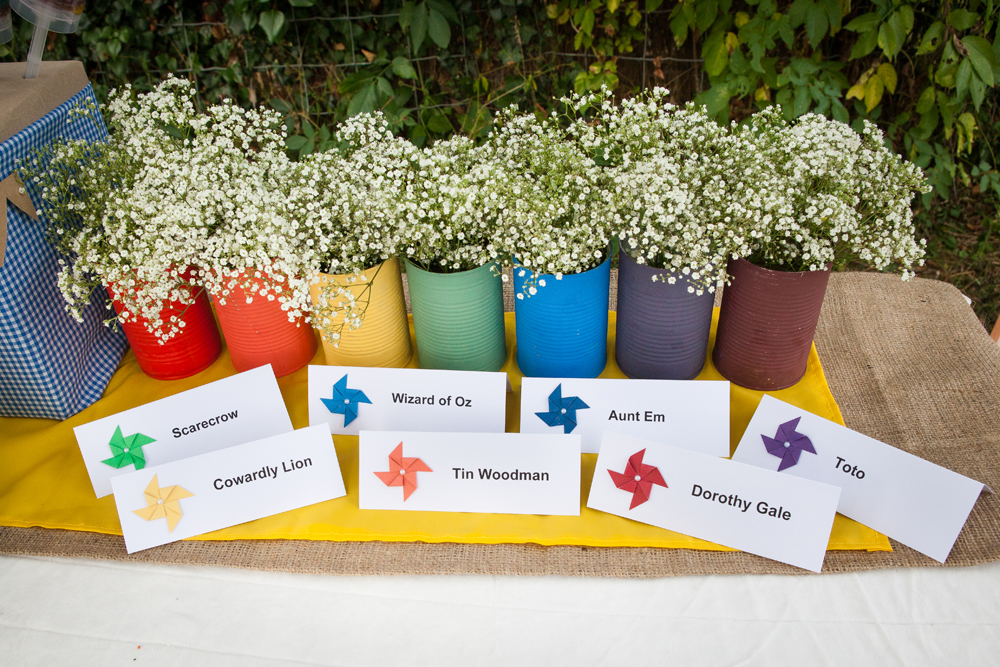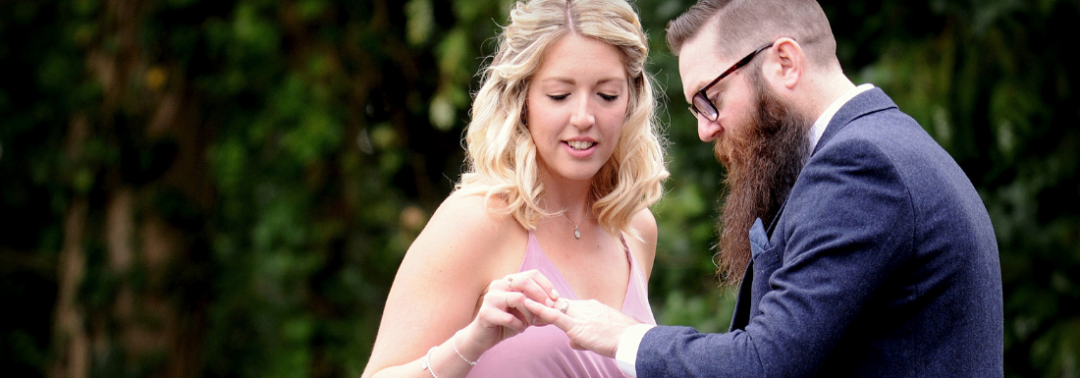
Inspiration: wedding under new rules in Oxfordshire
Just one month ago, the wedding of Hannah and Richard was held at stunning Friars Court in Oxfordshire. A no frills or fuss, intimate ceremony on Saturday 4th July 2020 saw one of the first civil weddings in Oxfordshire under the new social distancing rules.
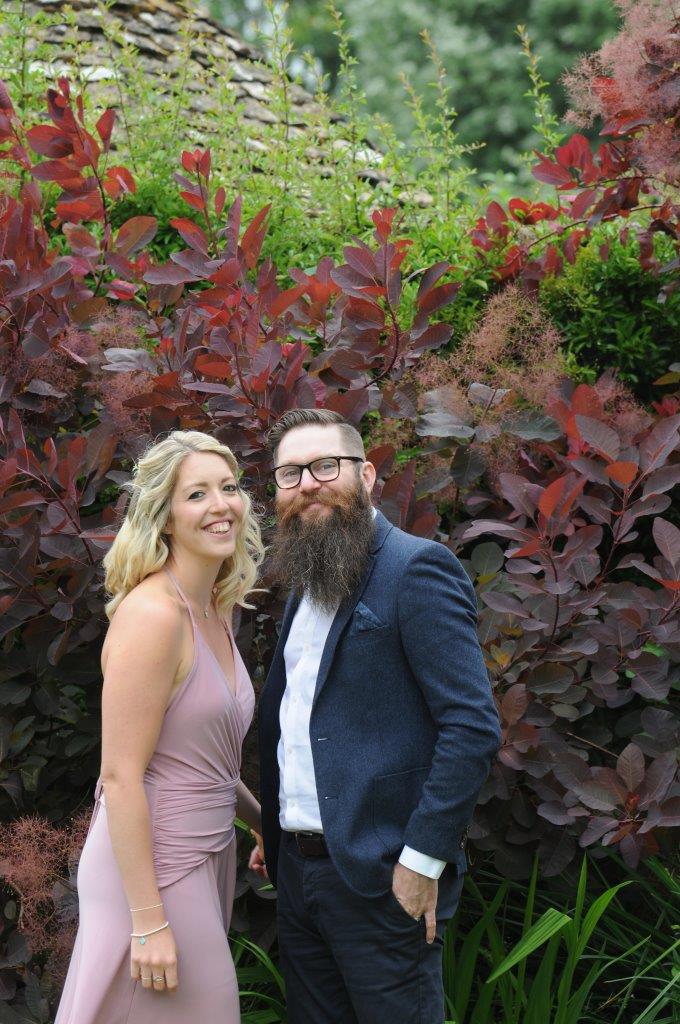
new rules
After a hiatus of nearly 4 months of paused and postponed weddings in England due to lockdown, the 4th July marked the date for weddings to take place again. Now with a number of restrictions that couples must follow in order for their wedding to go ahead safely.
By 1st August, we thought that things would be easing further around restrictions for wedding receptions. But these are still limited to only two households indoors in most parts of the UK, or up to 6 people from different households outdoor. Whilst social distanced ceremonies can currently be held for up to 30 people.
new plans
This happy couple decided to go ahead with their original date of 4th July to perform the legal part of the wedding. Their wedding had been booked since last August following their engagement in Italy on 5th July 2019.
Hannah and Richard chose Saturday 4th July as it was the closest date to the first anniversary of the proposal. They were one of the 2020 couples who held onto the hope they’d have the entirety of their wedding on their planned date for as long as possible.
As the date was significant to them, they decided to have the civil ceremony at the very least. So they were happy to go along with whatever was necessary to make that happen.
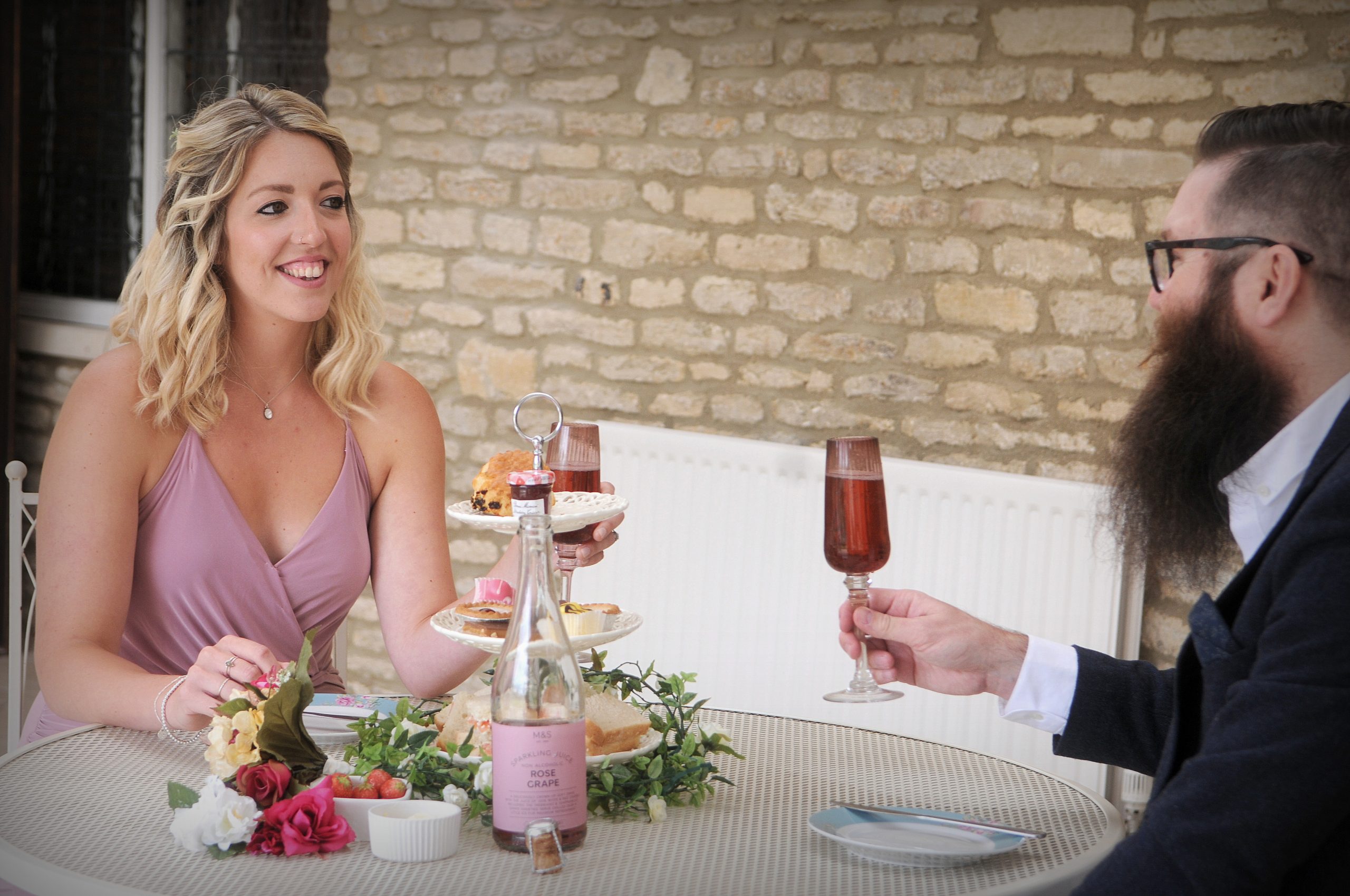
new dates
They’re still hoping they’ll have the planned reception this September. However they are mindful that this may not be possible in the current climate or it may need to be a significantly pared down version.
They have managed to move all their suppliers to 19th September 2020 in the hope that they will be able to celebrate with friends and family. They also plan to have a mock ceremony so Hannah can walk down the aisle in her dress and recreate the ceremony again. The venue and suppliers were great in accommodating the new date which instantly put the couples’ minds at rest.
Their reasoning behind going ahead with a ceremony on their original date of 4th July is so that they don’t need to delay starting a family. If the worst case scenario happens and the September date is not able to go ahead and they have to delay until 2021, they could start a family in the knowledge that they are already married.
new guest list
Originally, they had planned for 85 of their family and friends to attend with a number travelling in from France, Dubai and Canada.
To meet new rules, they needed to reduce the number of guests and households. However to avoid any upset when choosing witnesses from family and friends they opted to prune this to the bare minimum. They asked the two venue owners to be witnesses. And when the photographer had to drop out (due to insurance issues), the venue also stepped in as wedding photographer too (with a zoom lens to keep distant). So, along with two registrars there was a total of 6 people present (two registrars, two witnesses, plus the bride and groom).
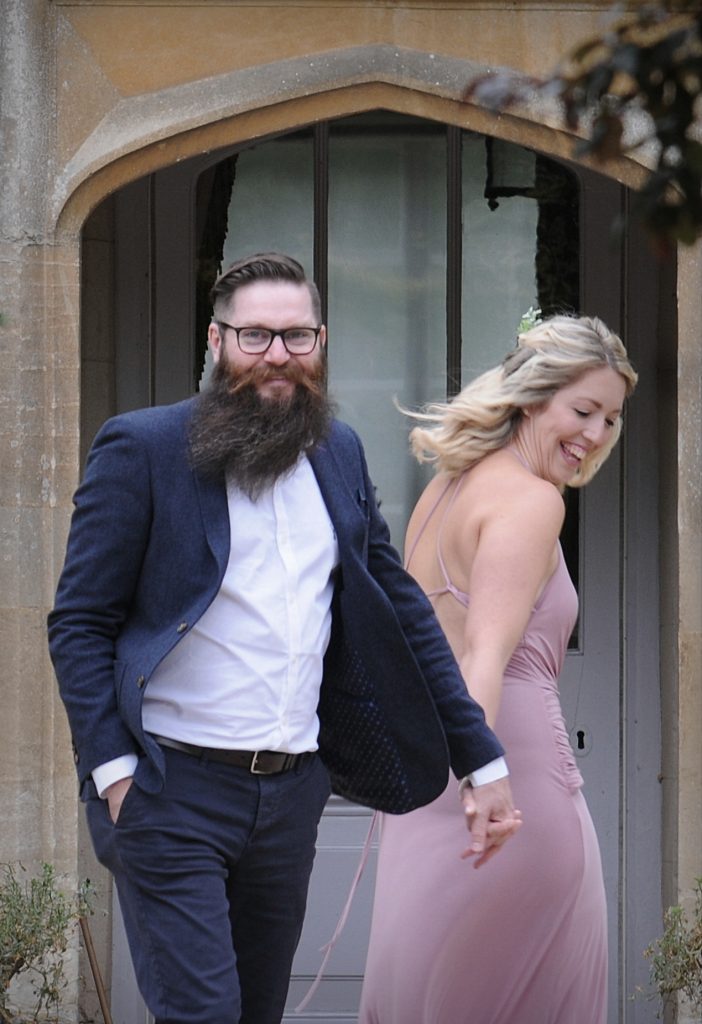
new focus
No big grand traditional entrance for this wedding as the couple arrived together in their own car. But the venue still bestowed a grand setting and provided the couple use of it’s grounds for this special day.
Friars Court in Clanfield is a privately owned, mid-17th century house, in 600 acres of beautiful Oxfordshire countryside. Friars Court was granted a Civil Ceremony licence in 2003 and in that same year set up Silver Pear Weddings. Since then they have worked with over 350 couples celebrating their marriage at Friars Court.
This certainly was the smallest civil ceremony the venue has ever hosted in nearly 20 years and is the first time they’ve acted as witnesses, for what turned out to be the second civil ceremony across the county under the new rules.
Unfortunately the 2020 season will the final one for Silver Pear Weddings hosting wedding receptions at Friars Court as from 2021 onwards they will purely host ceremonies.
minimal decor
As this was just a ceremony the couple did not unleash their full plans and colour scheme, which they will hold for a later celebration.
So the venue set the room out based on plans and guidance that the registrars provided. Without decor, the room looked quite bare so the owners arranged a few flowers from the venue’s garden for the registrars’ table.
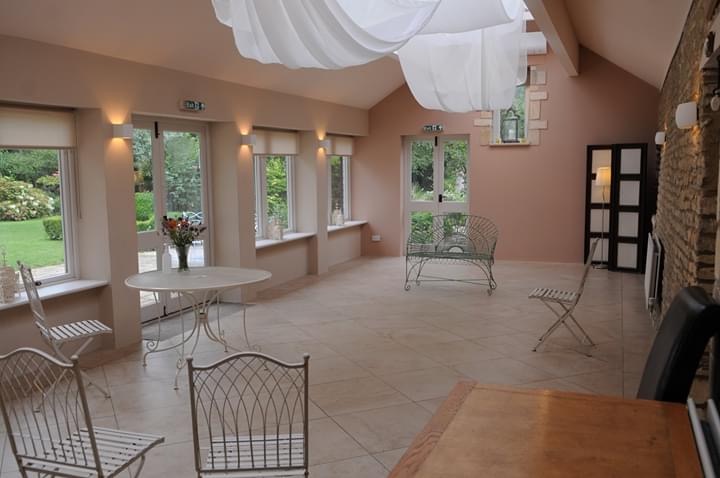
something old (not new)
Both bride and groom were dressed in smart casual clothes. Hannah wore a full-length lilac party dress, a bridesmaid style dress in keeping with her bridesmaid colour scheme. Richard wore a work suit. They are saving their wedding outfits for their celebration day.
new ceremony time
Hannah and Richard were offered the choice of either an 11am or 3pm wedding ceremony time. They chose 3pm to avoid rushing about in the morning. The first ceremony in the county was at 1pm. So if they’d gone with an 11am slot they’d have been the first civil ceremony in Oxfordshire but were still the second one.
The registrars had been in charge of writing the guidelines for ‘weddings during a pandemic’ so they’d specifically requested to come (rather than the usual registrars from Witney) to road test their amended version of a ceremony to see how well it worked.
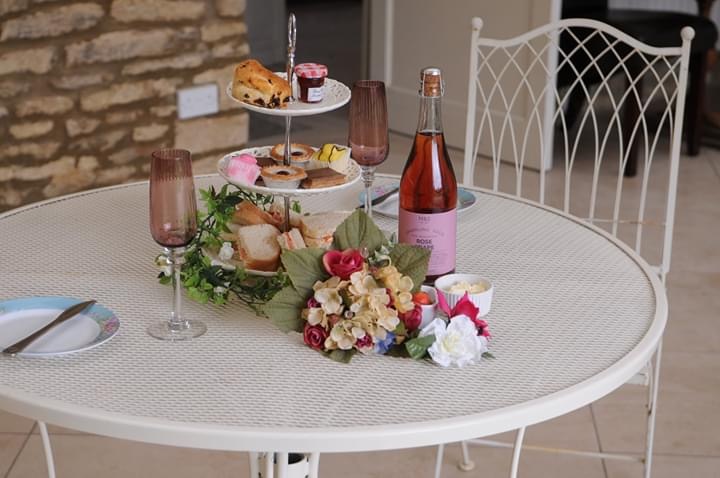
new format
The presentation of the bride was omitted because there wasn’t anyone there to ‘give her away’ and under current guidelines, unless a bride lives in the same household, then walking in with anyone other than her future husband isn’t permitted.
With the ceremony being just the couple, it was also decided to eliminate playing any music. So as their interviews took place where they were going to stand for the ceremony, there was no point in any entrance. So the registrar went straight into the welcome and whipped through the abbreviated ceremony in no time.
The ceremony itself was a lot shorter than you might expect for the obvious reasons of there being no guests to tell stories about where the couple met, where the proposal took place and any other details for the registrar to share. The registrars were lovely and made the couple feel comfortable throughout. Richard said that:
‘There was an odd sort of feeling to proceedings as you are extremely aware that there are only 4 other people in the room, however with that said there was an intimate feeling and a truly personal experience had by doing it this way. It reminds you that this day is absolutely just for the two of you.’
Most of the ceremony was the same as usual; using the short option of “I am” (free to marry) and “I do” (take this man/woman). Keeping that part short is intended to reduce the length of the ceremony as the registrar did mention about the unfortunate necessity of keeping things ‘short and sweet’. The registrars weren’t exactly rushing the ceremony but they didn’t take their time either in order to reduce the risk of exposure by making the services as brief as possible.
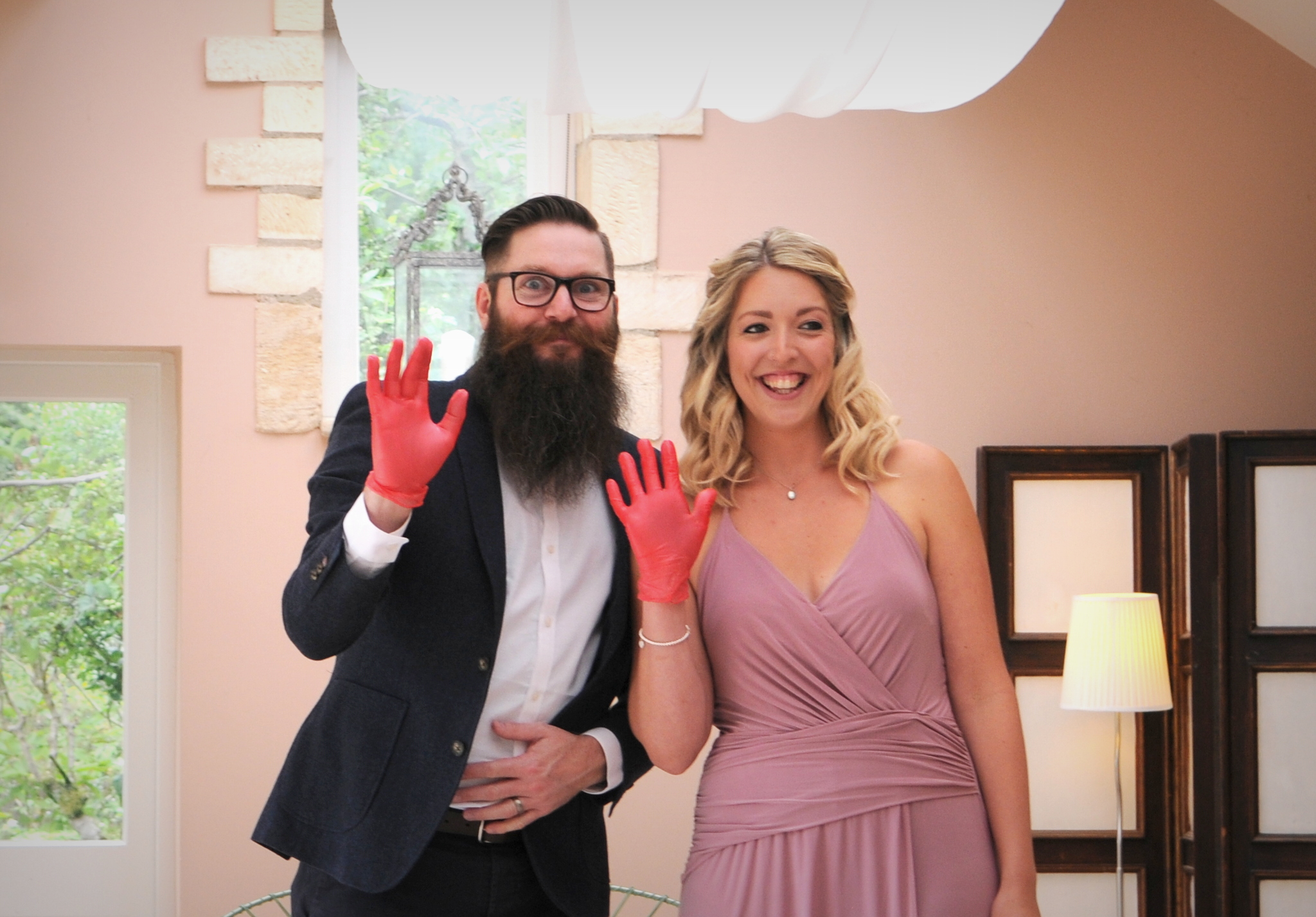
new accessories
Hannah and Richard were asked beforehand whether they would like the registrars with or without masks. Whilst not a problem at this ceremony, the registrars voiced their concerns about the new rules and envisaged possible difficulties in ensuring guests staying exactly where they are put.
As the registrar leading the ceremony was on one side of the room and the couple on the other well side (more than 2 metres from either registrar) she removed her mask which meant she was far more audible. The registrar doing the writing kept her mask on for the duration.
The couple signed the register both having to wear a bright red rubber glove before handling the pen (the registrars had a box of them) and all commented on how odd that felt. The gloves were meant to come off for signing photos but instead the pair waved their gloved hands at the camera.
Certificates are posted to couples after their weddings at the moment so there was no presentation to wind the ceremony up. However, the registrars did make their congratulations and then left so the couple could go out for a few photos in the grounds before the rain started.
newly weds
Hannah and Richard wandered the grounds whilst the venue owner very kindly took some photos to remember the day. They then popped back inside with their own picnic hamper to have a little DIY afternoon tea for two in the middle of the empty Garden Room.
All the traditional milestone elements of a wedding reception (cake cutting, first dance, entertainment, favours etc) have all been saved for their celebration later in the year.
Afterwards they headed off for a couple of nights in Malmesbury.
Our fingers are crossed for 19th September or sometime in 2021 for their sequel wedding.
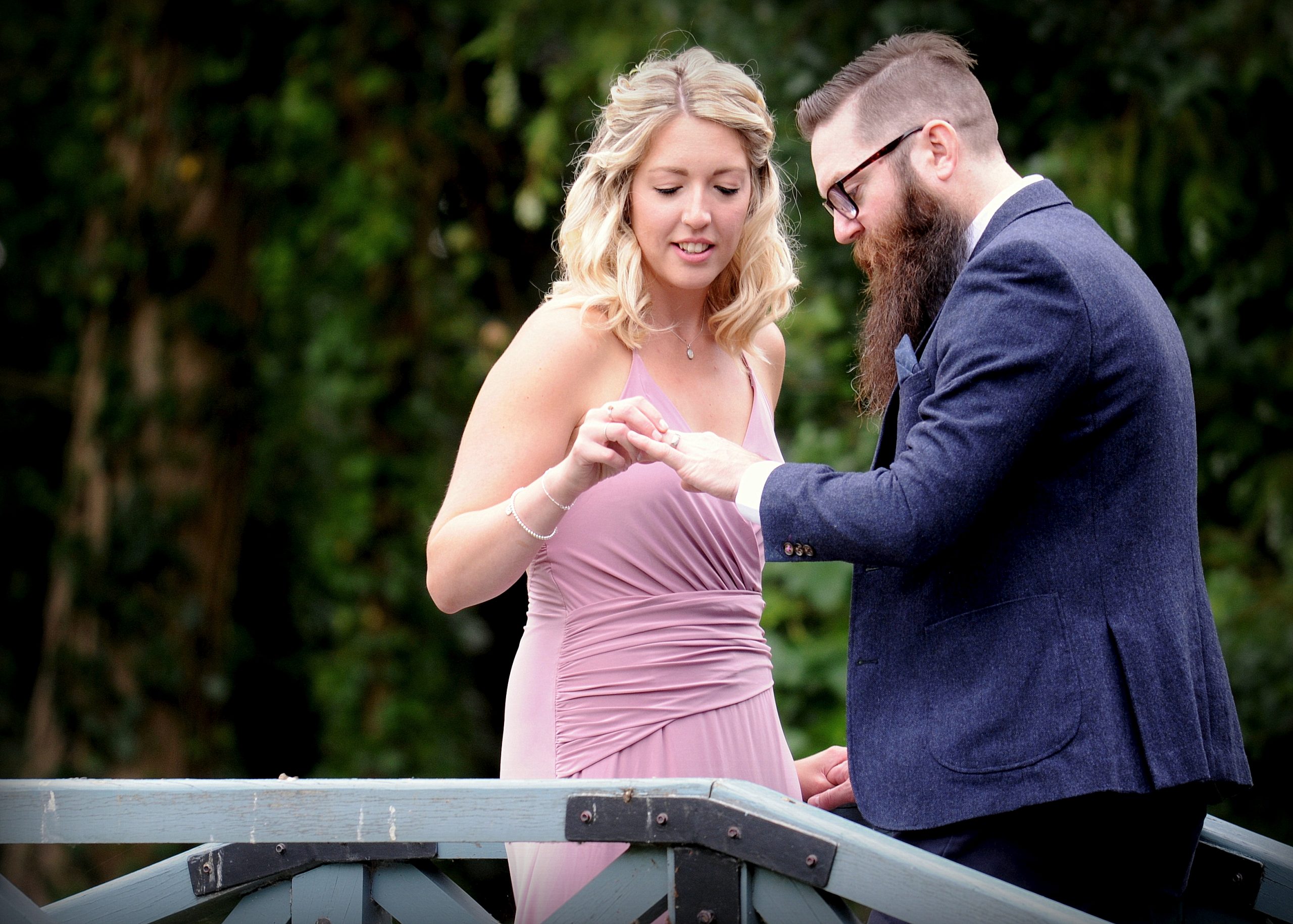
Venue | Friars Court | https://www.silverpearweddings.co.uk
Photographer | Silver Pear Weddings | https://www.silverpearweddings.co.uk
Dress | boohoo | https://www.boohoo.com/
Jacket | Moss Bros | https://www.moss.co.uk/
Trousers | Zara | https://www.zara.com/uk/
Afternoon tea | own hamper
I’d love to hear if you’ve had a wedding recently and to hear how you’ve creatively dealt with the restrictions.
sign up to receive the latest posts straight to your inbox


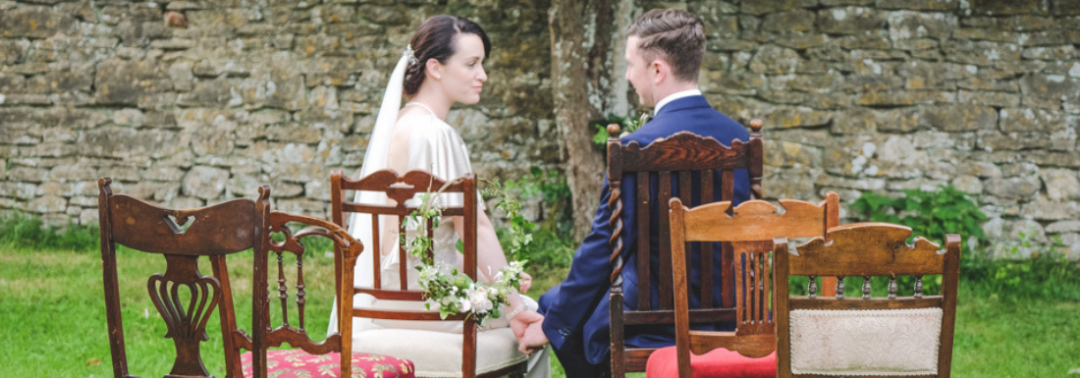
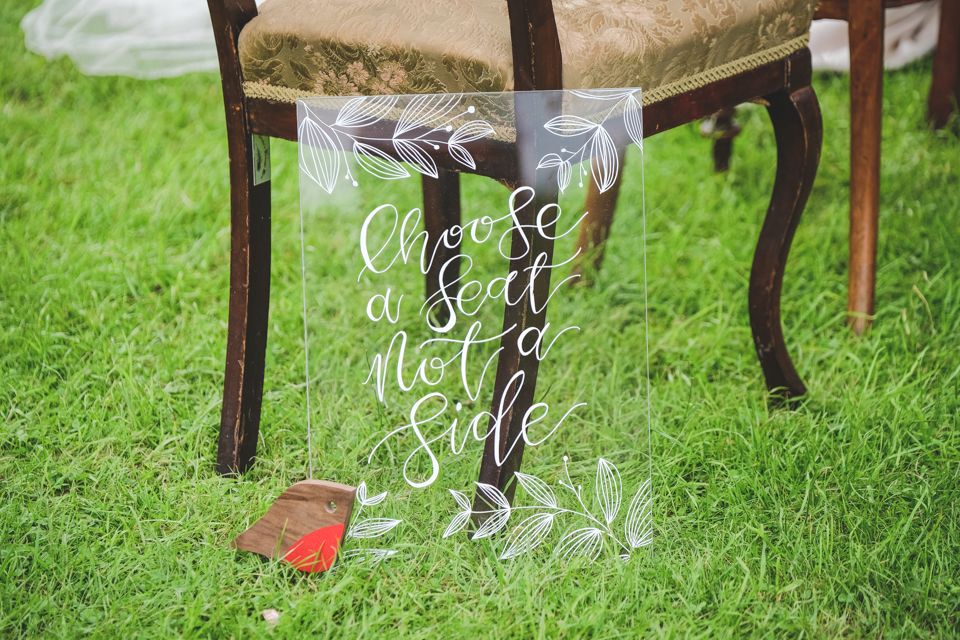
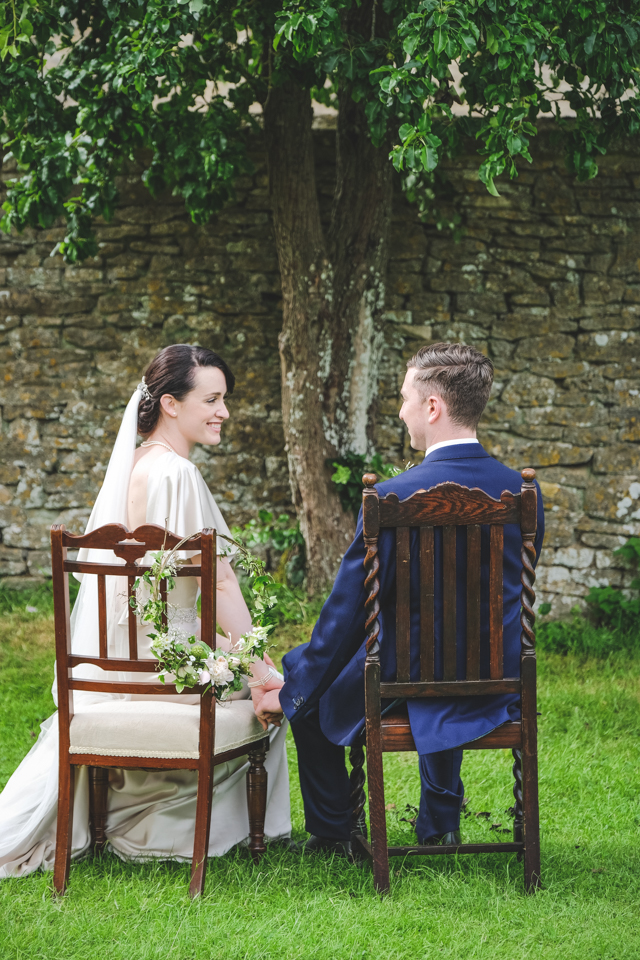
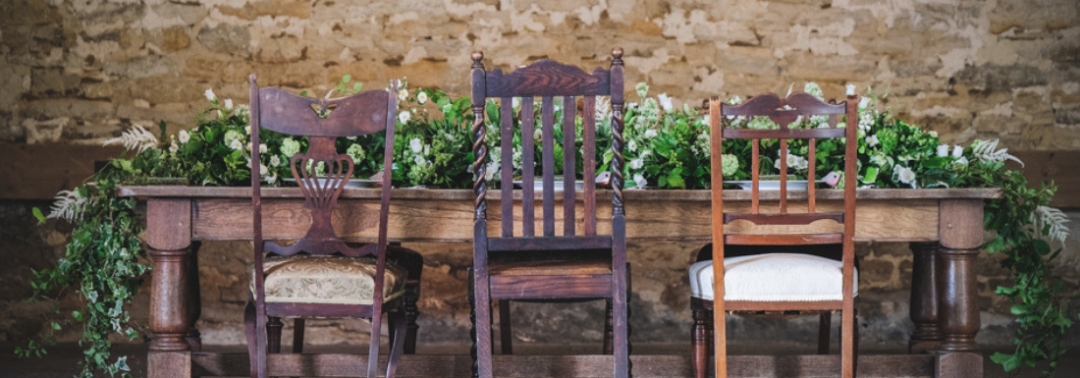
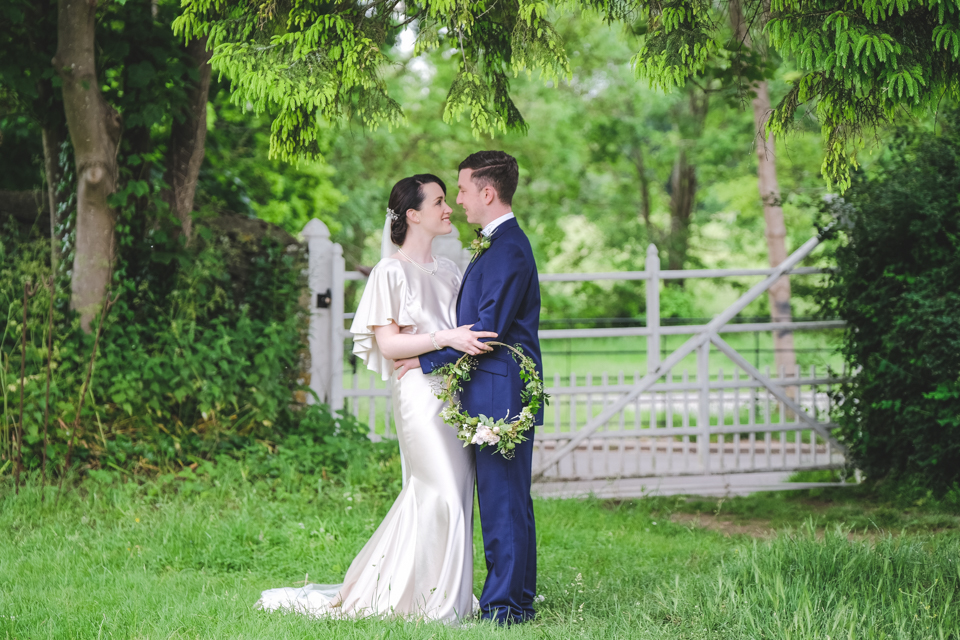
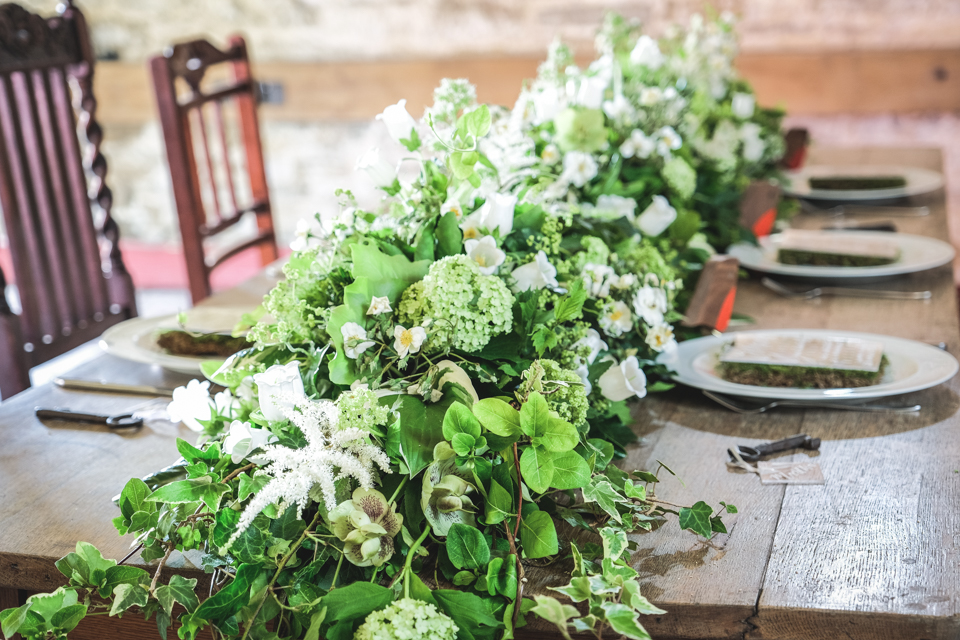
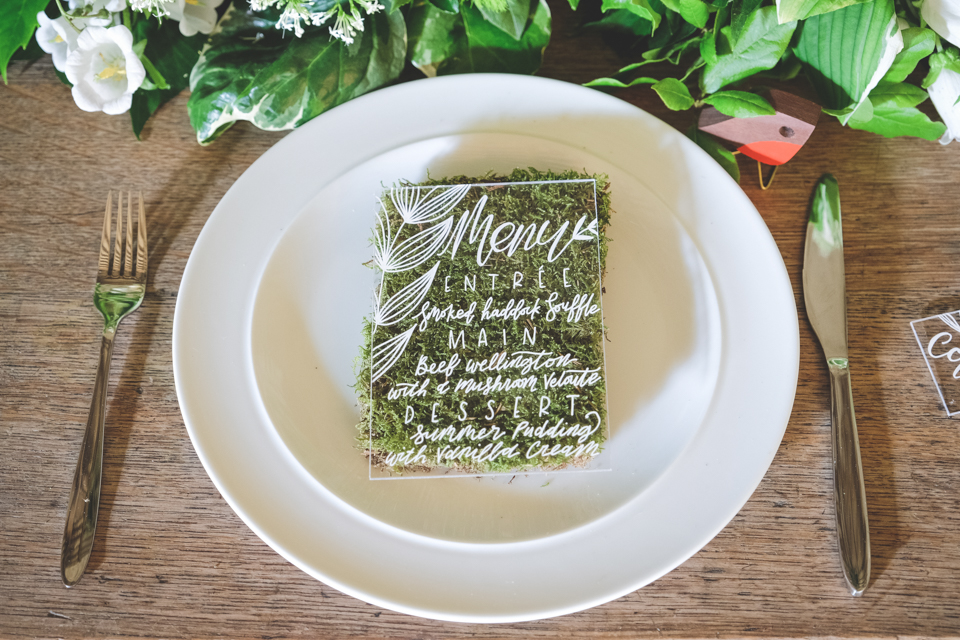
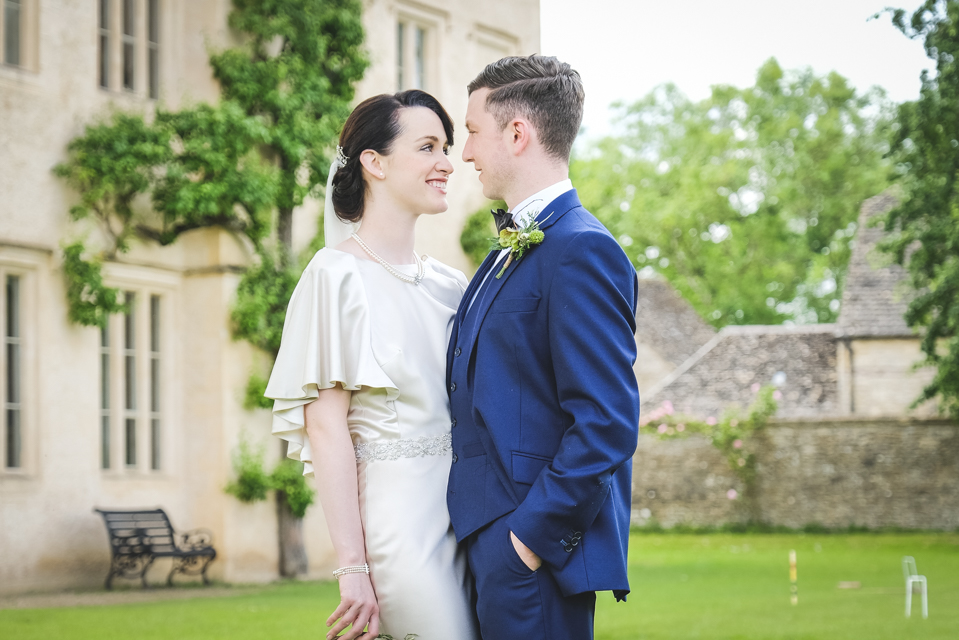
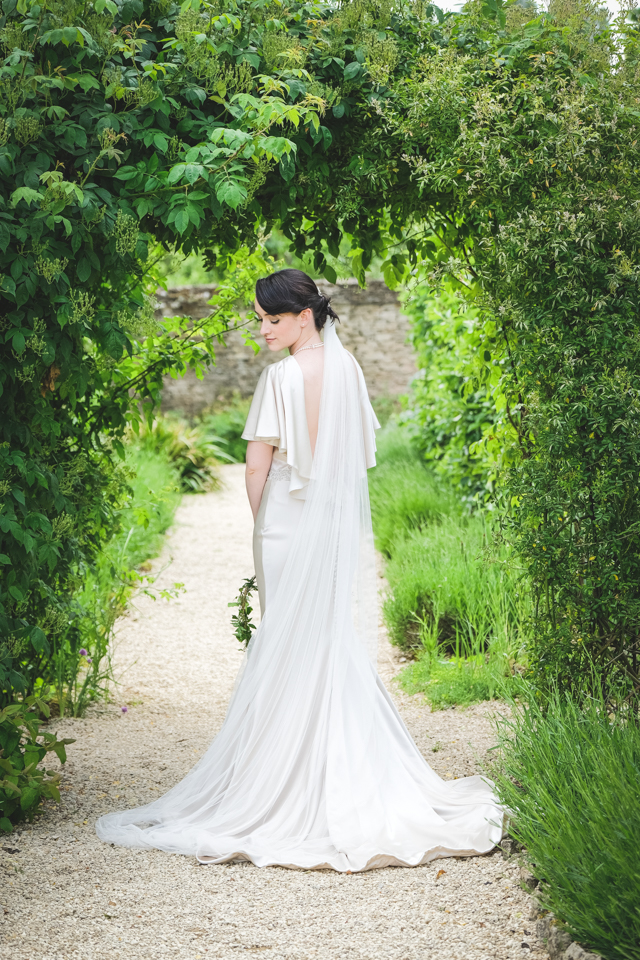
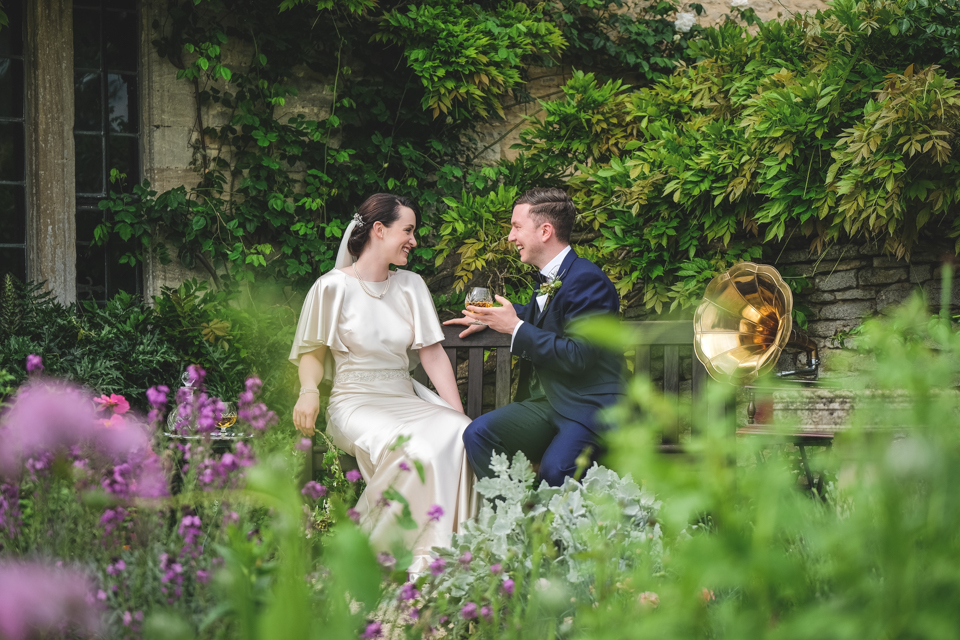
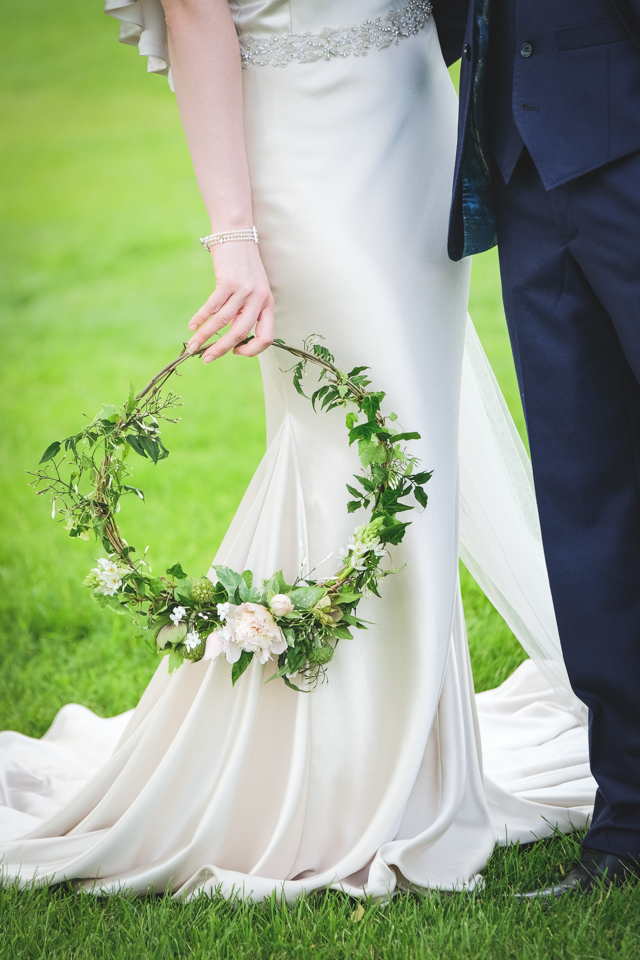
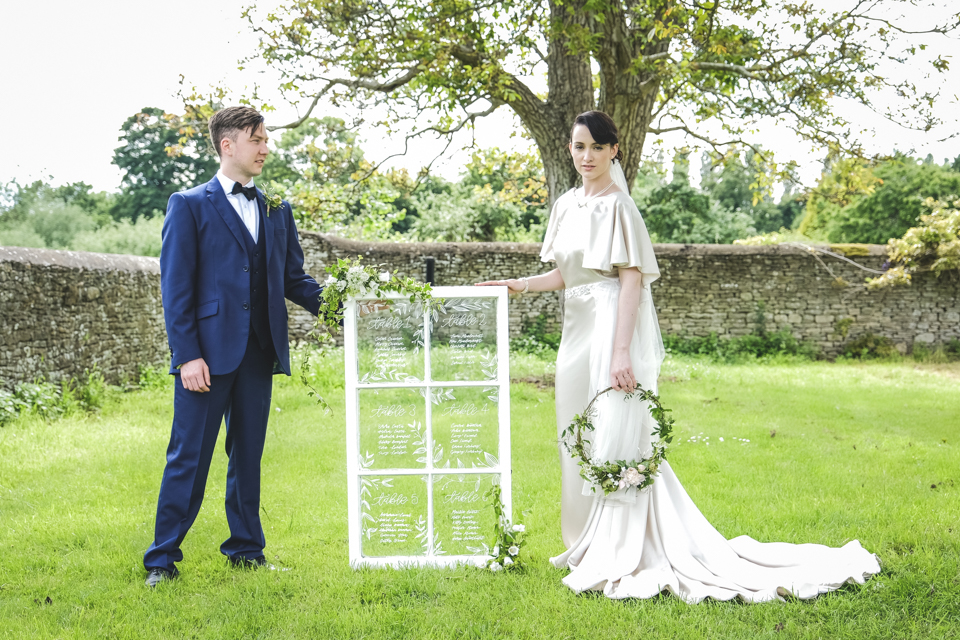
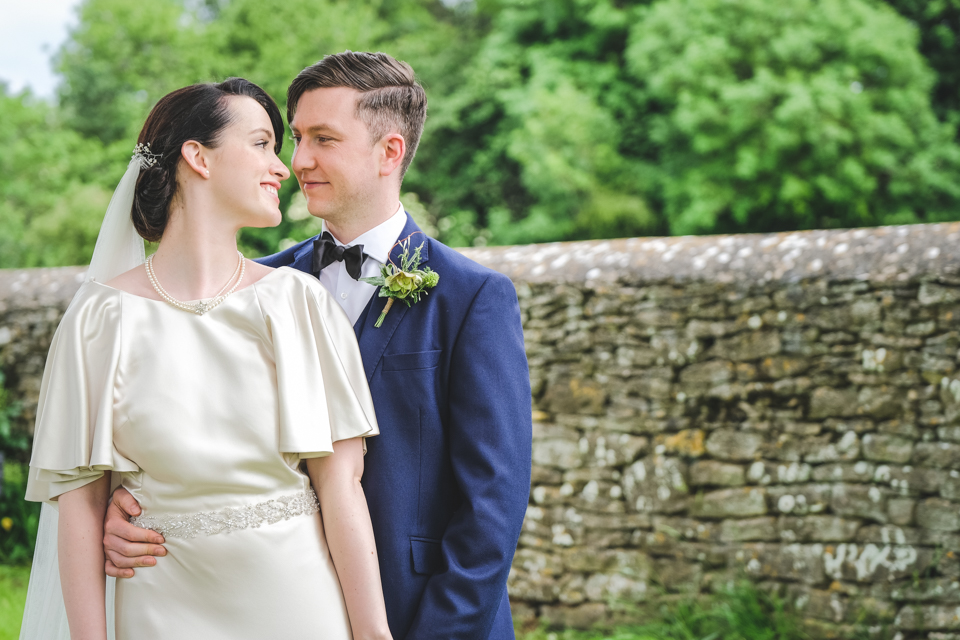
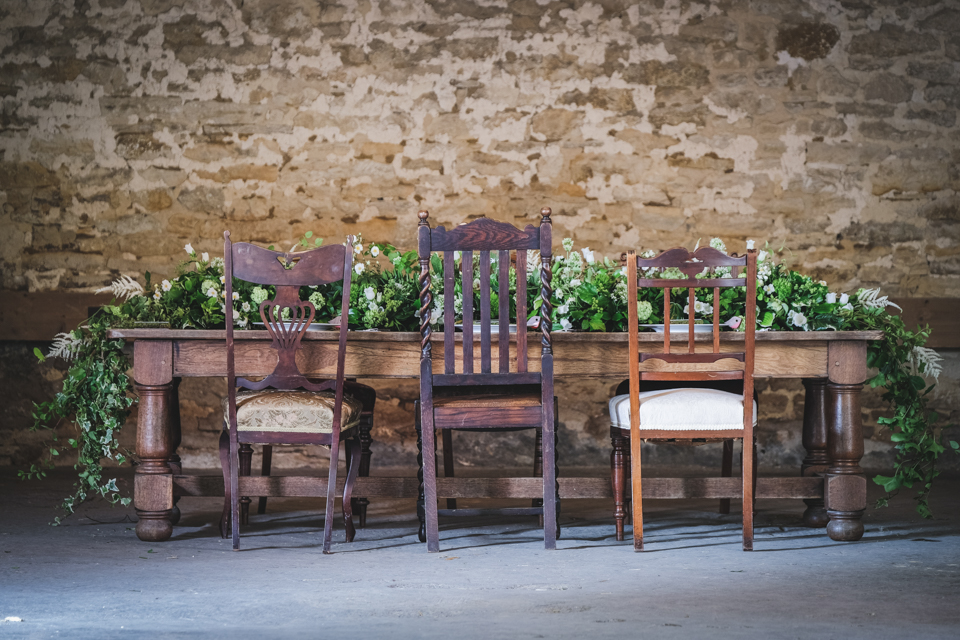
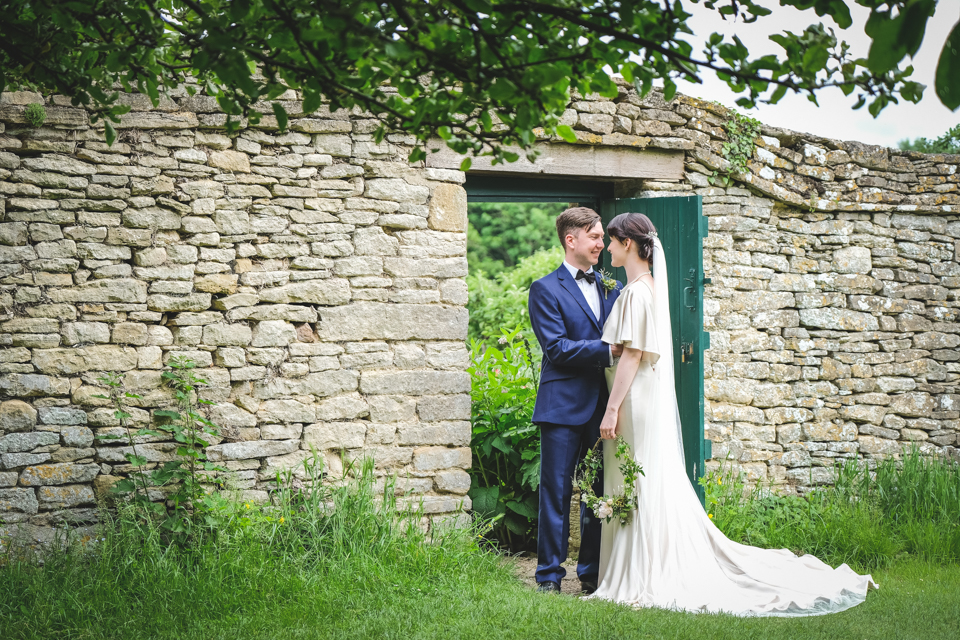
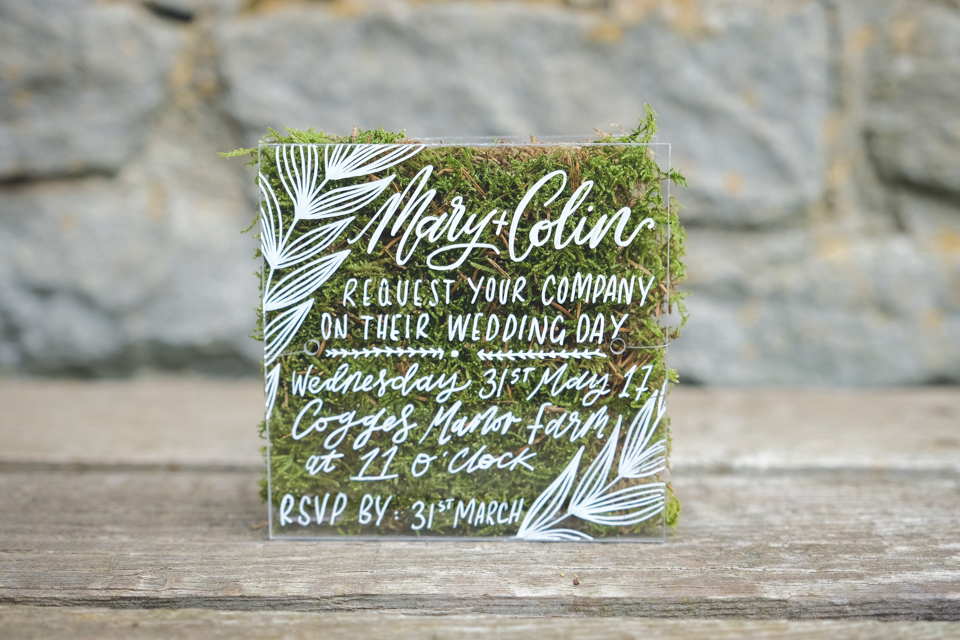


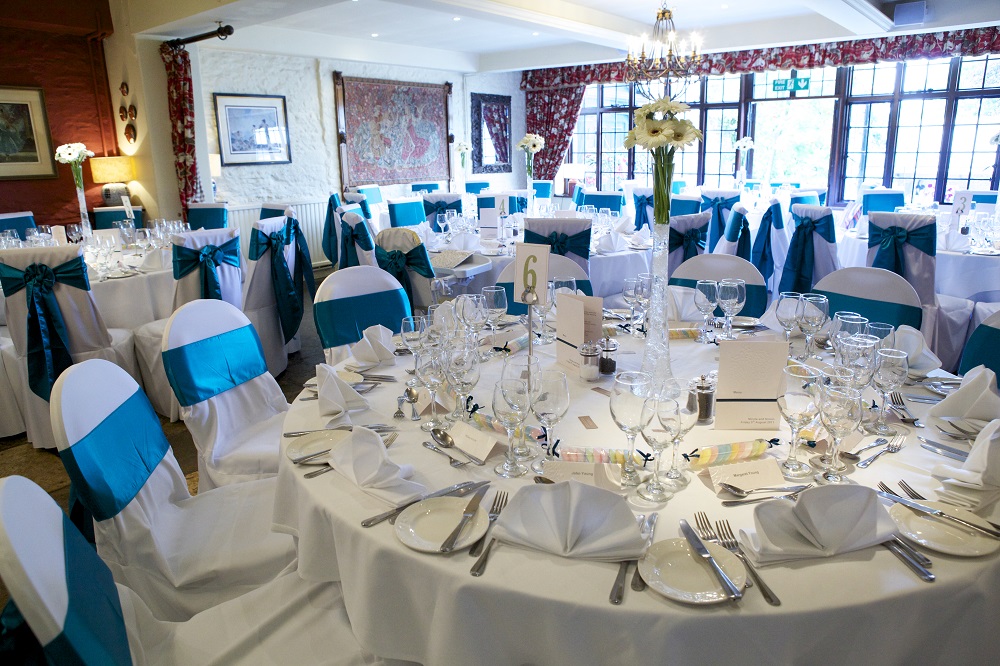
 6) special considerations
6) special considerations